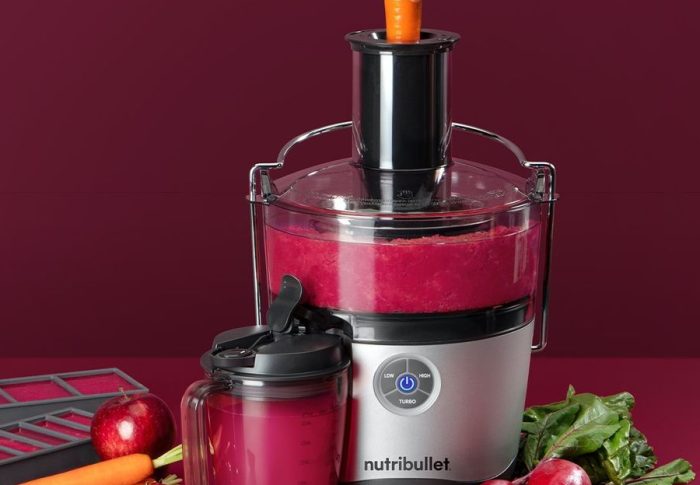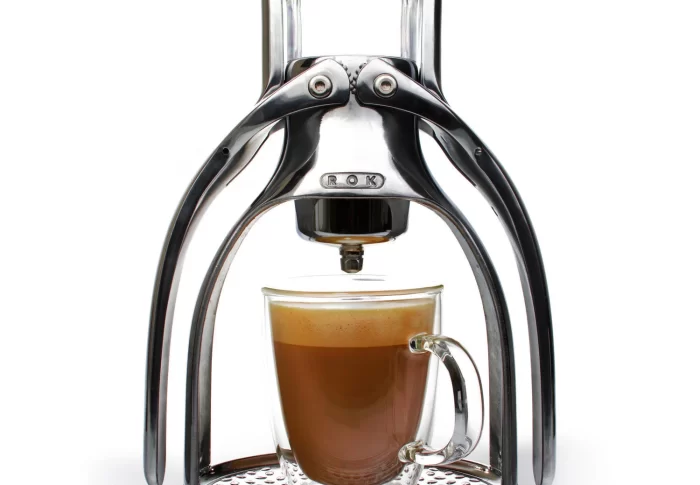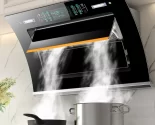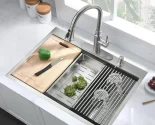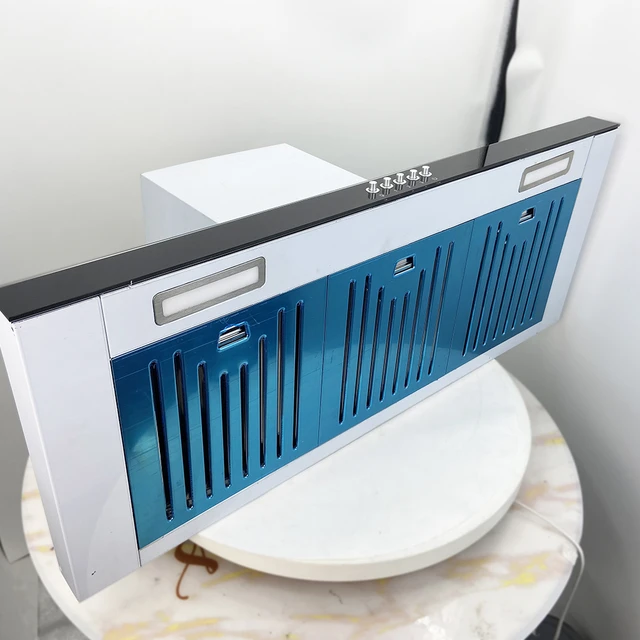
Does a range hood have to vent through the roof?
Introduction
Range hoods play a crucial role in maintaining good indoor air quality by removing smoke, odors, and grease from the kitchen. One common misconception is that range hoods must vent through the roof. While venting through the roof is often the preferred and most efficient method, there are alternative options that can be considered based on the layout and design of your home. In this guide, we will explore various ventilation options for range hoods beyond roof vents. By understanding these alternatives, you can make informed decisions about the most suitable ventilation method for your specific kitchen setup.
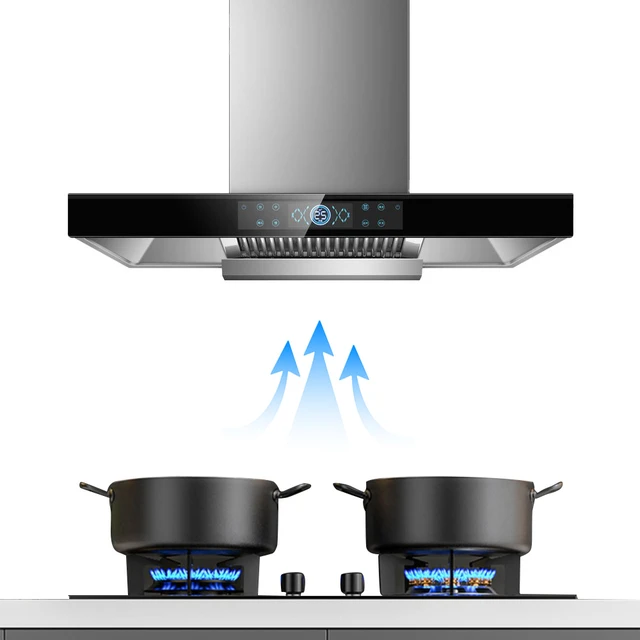
Does a range hood have to vent through the roof?
I. The Importance of Range Hood Ventilation
-
Purpose of Range Hood Ventilation:
- The primary function of a range hood is to extract airborne pollutants, including smoke, steam, odors, and grease particles, produced during cooking. Proper ventilation helps maintain indoor air quality, prevent the buildup of contaminants, and reduce the risk of health issues.
-
Why Ventilation is Necessary:
- Without proper ventilation, airborne pollutants can accumulate in the kitchen, leading to unpleasant odors, a greasy residue on surfaces, and potential respiratory issues. Ventilation removes these pollutants and directs them outdoors, ensuring a cleaner and healthier kitchen environment.
II. Venting Through the Roof: The Traditional Approach
-
Roof Vent Advantages:
- Venting a range hood through the roof offers several advantages. It creates a direct path for the exhaust to exit the kitchen, ensuring optimal airflow and efficiency. Roof vents also minimize the chances of odors and grease recirculating back into the kitchen.
-
Ductwork Considerations:
- Venting through the roof requires the installation of ductwork that connects the range hood to the roof vent. The ductwork should be properly insulated, sized appropriately, and sealed to prevent leaks and ensure efficient airflow.
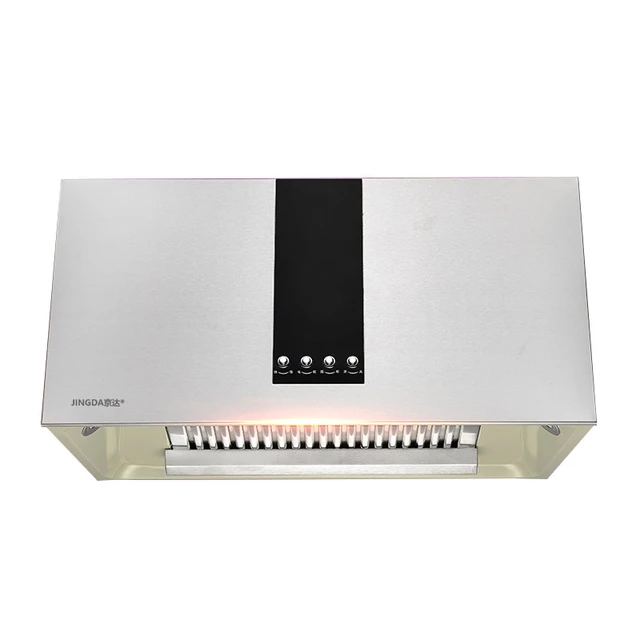
III. Alternative Ventilation Options
-
Wall Ventilation:
- When it is not feasible to vent through the roof, wall ventilation can be a viable option. Wall vents are installed on an exterior wall, allowing the range hood exhaust to be pushed outside. This method is commonly used in kitchens where the range is located against an exterior wall.
-
Undercabinet Hoods with Front Vents:
- Certain undercabinet range hood models have front vents, allowing them to be vented directly through the wall instead of the roof. This eliminates the need for ductwork to reach the roof and simplifies the installation process.
-
Island Hoods with Ceiling Ducts:
- For kitchens with an island cooktop, ceiling ducts can be used to vent the range hood. The ductwork runs through the ceiling and then either vents directly through the roof or is channeled to an exterior wall for venting.
-
Recirculating Range Hoods:
- Recirculating range hoods don’t require external ventilation and are a suitable option when venting outside is not possible. Instead of expelling the air outdoors, these hoods use filters to remove contaminants and then circulate the cleaned air back into the kitchen.
IV. Factors to Consider
-
Building Codes and Regulations:
- Check local building codes and regulations regarding range hood ventilation requirements. Different regions may have specific guidelines on venting options, ductwork size, and clearances that must be followed.
-
Kitchen Layout and Design:
- The layout and design of your kitchen play a crucial role in determining the most suitable ventilation option. Factors such as the location of the range, proximity to exterior walls or the roof, and the presence of cabinets and obstacles should be considered when choosing a ventilation method.
-
Ductwork Length and Efficiency:
- The length and complexity of the ductwork can impact the efficiency of the range hood. Longer and convoluted duct runs can introduce resistance and reduce airflow. Ensure that the ductwork is properly sized and straight to maintain optimal performance.
-
Noise Considerations:
- The longer the ductwork, the greater the potential for increased noise levels. Longer duct runs, bends, or poorly insulated ductwork can contribute to noise generation. Consider noise reduction measures, such as using insulated ducts or installing a range hood with built-in noise reduction technology.
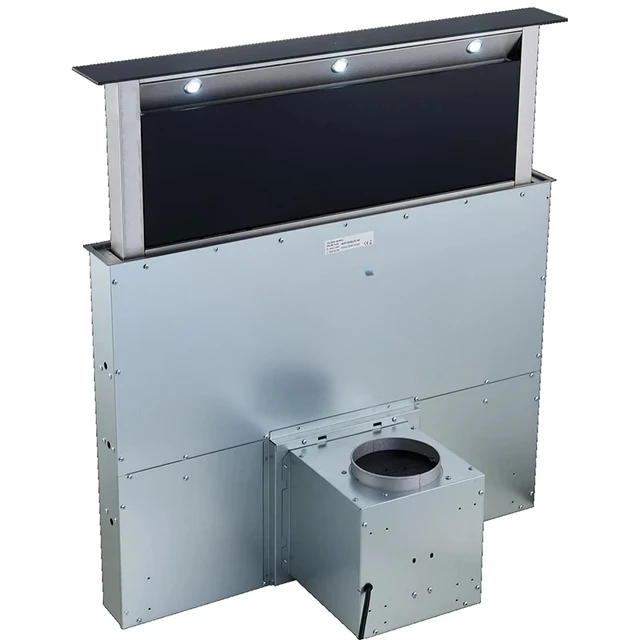
V. Professional Installation and Advice
-
Certified Installers:
- Range hood installation and ventilation require expertise to ensure proper functionality and compliance with regulations. It is advisable to hire a professional installer who can assess your kitchen, recommend suitable ventilation options, and install the range hood appropriately.
-
Consulting with Experts:
- If you have questions or concerns about range hood ventilation, consulting with professionals such as architects, HVAC specialists, or kitchen designers can provide valuable advice tailored to your specific needs and local building codes. They can provide insights based on their experience and guide you through the decision-making process.
VI. Maintenance and Regular Cleaning
-
Filter Maintenance:
- Regardless of the ventilation method chosen, regular maintenance is essential for optimal performance. Clean or replace range hood filters as recommended by the manufacturer to prevent buildup and ensure efficient airflow.
-
Duct Cleaning:
- If you have ducted ventilation, consider scheduling periodic duct cleaning to remove any debris, grease buildup, or blockages that may hinder airflow and reduce the effectiveness of the range hood.
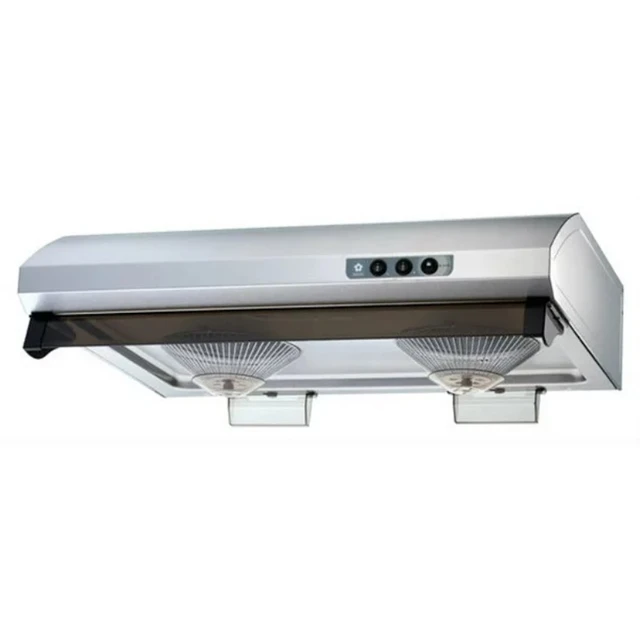
VIII. Balancing Functionality and Aesthetics
-
Aesthetics:
- The choice of ventilation method may also be influenced by aesthetic considerations. Some homeowners prefer roof vents or ceiling ducts because they are hidden from view and do not disrupt the visual appeal of the kitchen. On the other hand, wall vents or front-vented undercabinet hoods may be more visible but can be integrated into the kitchen design with the right style and finish.
-
Functional Efficiency:
- While aesthetics are important, it is crucial to prioritize functional efficiency when selecting a ventilation option. The primary purpose of a range hood is to effectively remove pollutants from the kitchen, so choose a ventilation method that ensures optimal airflow and minimizes recirculation of odors, grease, and smoke.
IX. Energy Efficiency Considerations
-
Ductwork Insulation:
- Proper insulation of ductwork can help maintain energy efficiency by reducing heat loss or gain along the ducts. Insulated ducts prevent temperature transfer, improving the overall efficiency of the range hood and reducing energy waste.
-
Recirculating Range Hood Features:
- If you opt for a recirculating range hood, consider models with energy-saving features such as variable speed fans, LED lighting, and efficient filter systems. These features can reduce energy consumption and ensure more sustainable operation.
-
Enhanced Insulation and Air Sealing:
- To minimize energy loss and maximize ventilation efficiency, address any gaps or leaks around the range hood and ductwork. Proper insulation and air sealing of the kitchen area can help maintain indoor temperature and reduce energy waste.
X. Local Building Codes and Regulations
-
Compliance with Local Codes:
- Before finalizing your ventilation method, familiarize yourself with local building codes and regulations related to range hood installation and ventilation requirements. Compliance with these regulations ensures safety and adherence to relevant standards in your area.
-
Permit Requirements:
- In some jurisdictions, obtaining permits may be necessary for range hood installations, particularly when significant modifications or additions to the home’s ventilation system are involved. Check with local authorities or consult a professional to determine if permits are required for your project.
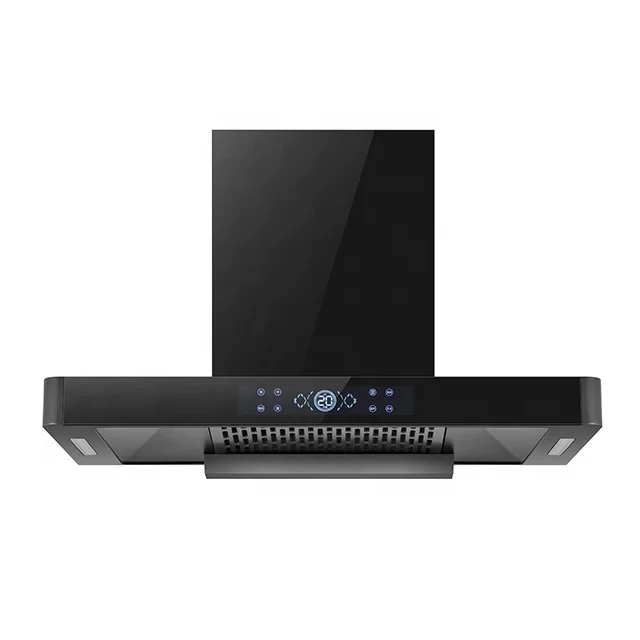
VII. Conclusion
Range hood ventilation is critical for maintaining a clean and healthy kitchen environment. Consulting with professionals and certified installers can provide valuable guidance and ensure compliance with local regulations. Regular maintenance and cleaning of range hood filters and ductwork are essential to maintain optimal performance. By considering these factors and exploring alternative options, you can choose the most suitable range hood ventilation method for your specific kitchen setup.


